Sawfly Larvae Help!!!
knash6
11 years ago
Related Stories
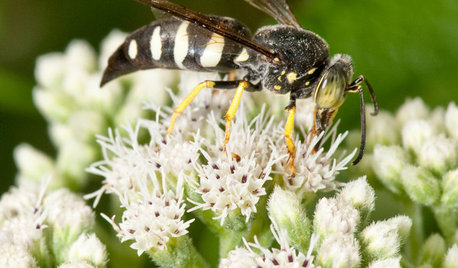
GARDENING GUIDESSand Wasps Keep True Bugs in Check and Help Pollinate Summer Flowers
Look for these solitary wasps nesting in sandy sites and foraging on flowers in July and August
Full Story
EARTH DAYHow to Help Your Town’s Beneficial Birds and Bugs
Make a habitat using local materials to provide a home to the creatures that help our gardens
Full Story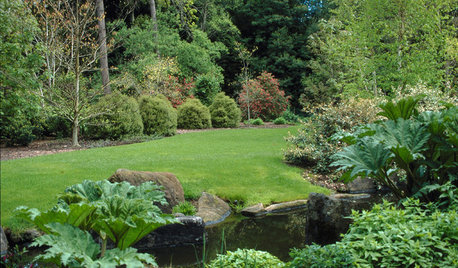
GARDENING GUIDESYou Don't Need Prairie to Help Pollinators
Woodlands, marshes, deserts — pollinators are everywhere
Full Story
FLOWERS AND PLANTSHelp Monarchs and Other Butterflies by Planting Common Milkweed
Summer-blooming Asclepias syriaca is an important larval host plant for the monarch butterfly and attracts a number of pollinating insects
Full Story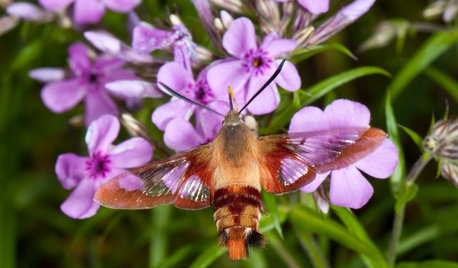
GARDENING GUIDESHummingbird or Moth? See Why You Want Clearwings Around
These fascinating moths may be helpful pollinators for your garden. Here’s how to coax them your way
Full Story
GARDENING GUIDESHow to Keep Your Citrus Trees Well Fed and Healthy
Ripe for some citrus fertilizer know-how? This mini guide will help your lemon, orange and grapefruit trees flourish
Full Story
GARDENING AND LANDSCAPINGBid Bad Garden Bugs Goodbye and Usher In the Good
Give ants their marching orders and send mosquitoes moseying, while creating a garden that draws pollinators and helpful eaters
Full Story
GARDENING AND LANDSCAPINGPorch Life: Banish the Bugs
Don't let insects be the bane of your sweet tea and swing time. These screening and product ideas will help keep bugs at bay on the porch
Full Story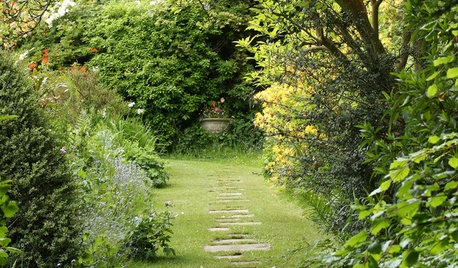
GARDENING GUIDES3 Easy Ways You Can Garden for Nature
Your choice of plants can help wildlife while cleaning the air and water
Full Story
EARTH DAYHow to Design a Garden for Native Bees
Create a garden that not only looks beautiful but also nurtures native bees — and helps other wildlife in the process
Full StoryMore Discussions






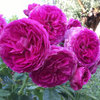

knash6Original Author
roseseek
Related Professionals
Camas Landscape Architects & Landscape Designers · Lakewood Landscape Architects & Landscape Designers · Wakefield Landscape Contractors · Brookside Landscape Contractors · Cordele Landscape Contractors · Danvers Landscape Contractors · Duarte Landscape Contractors · Fairfield Landscape Contractors · Flagstaff Landscape Contractors · Lemont Landscape Contractors · Long Beach Landscape Contractors · New Cassel Landscape Contractors · Rio Linda Landscape Contractors · Eastlake Landscape Contractors · Suisun City Landscape Contractorsroseseek
knash6Original Author
roseseek
claire25
roseblush1
roseseek
roseblush1
flaurabunda
knash6Original Author
roseseek
jerijen
dublinbay z6 (KS)
ken-n.ga.mts
jim1961 / Central Pennsylvania / Zone 6
rosetom
michaelg